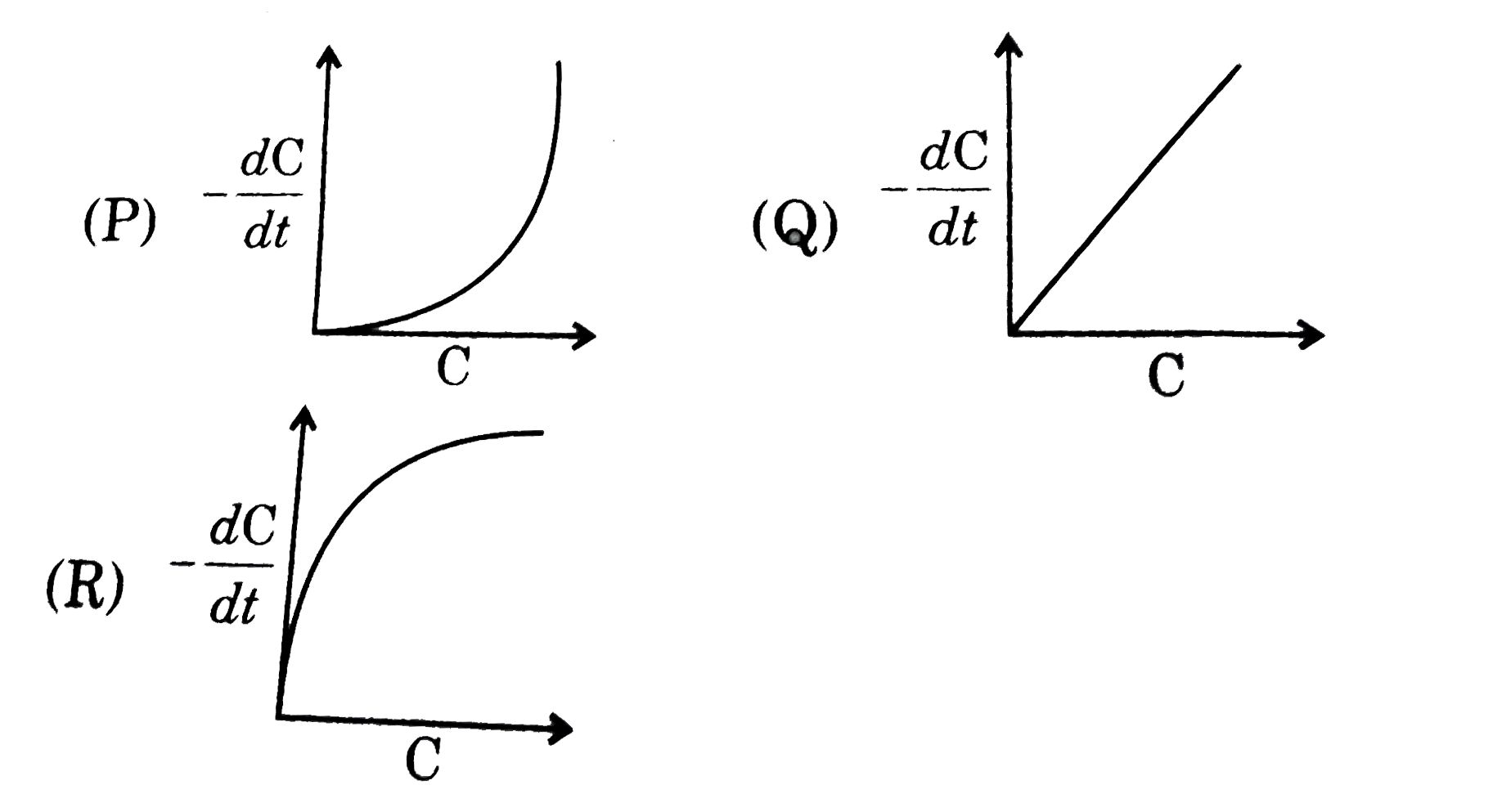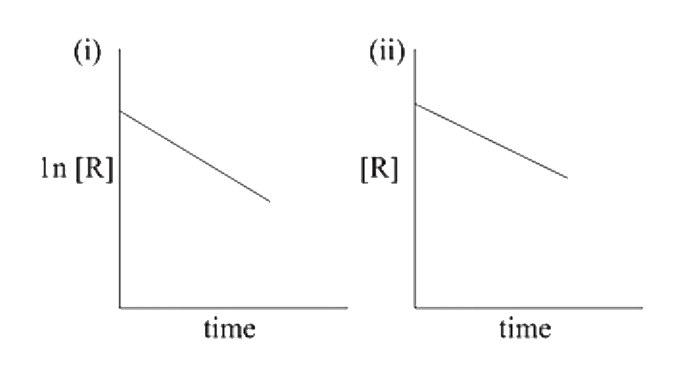A reaction involving two different reactants
Can never be a second order reaction
Can never be a unimolecular reaction
Can never be a bimolecular reaction
Can never be a first order reaction
The correct Answer is:B
Properties of ionic solid
Similar Questions
For a certain reaction involving a single reactant, it isfound that C0√t1/2 is constant where C0 is the initial concentration of reactant and t12 is the half life. The order of reaction is
View SolutionReactants A and B can react to give two different products C and D in two different reactions. The two reactions take place in two different mechanisms and D is found to be more energetically stable than C. But product C was found in larger amounts. How do you account for this ?
View Solution
Knowledge Check
A reaction involiving two different reactants can never be:
AUnimolecular reactionB1 order reactionCII order reactionDBimolecular reactionIn a reaction involving one single reactant, the fraction of the reactant consumed may be defined as f=(1−CC0) where C0 and C are the concentration of the reactant at the start and after time, t. For a first order reaction.
Adfdt=k(1−f)B−dfdt=kfC−dfdt=k(1−f)Ddfdt=kfFor is reaction involving only liquid reactants & liquid products the relationship between ΔH and ΔE is
AΔH>ΔEBΔH<ΔECΔH=ΔEDΔE≥ΔH
A reaction involves two reactants. The rate of reaction is directly proportional to the concentration of one of them and inversely proportional to the concentration of the other. The overall order of reaction will be
View SolutionA reaction involves two reactants. The rate of reaction is directly proportional to the concentration of one of them and inversely proportional to the concentration of the other. The overall order of the reaction will be
View SolutionFor reactions involving gaseous reactants and products the equilibrium constant K, is written in terms of
View SolutionIn the different reactions, involving a angle reactant in each case, a plot of rate of the reaction on the y-axis, versus concentratio of the reaction on the x-axis, yields three different curves shown below:

What are the possible orders of the reactions (P), (Q),(R)?
View SolutionThe given plots represent the variation of the concentration of a reactant R with time for two different reaction (i) and (ii) The respective orders of the reactions are

View Solution
